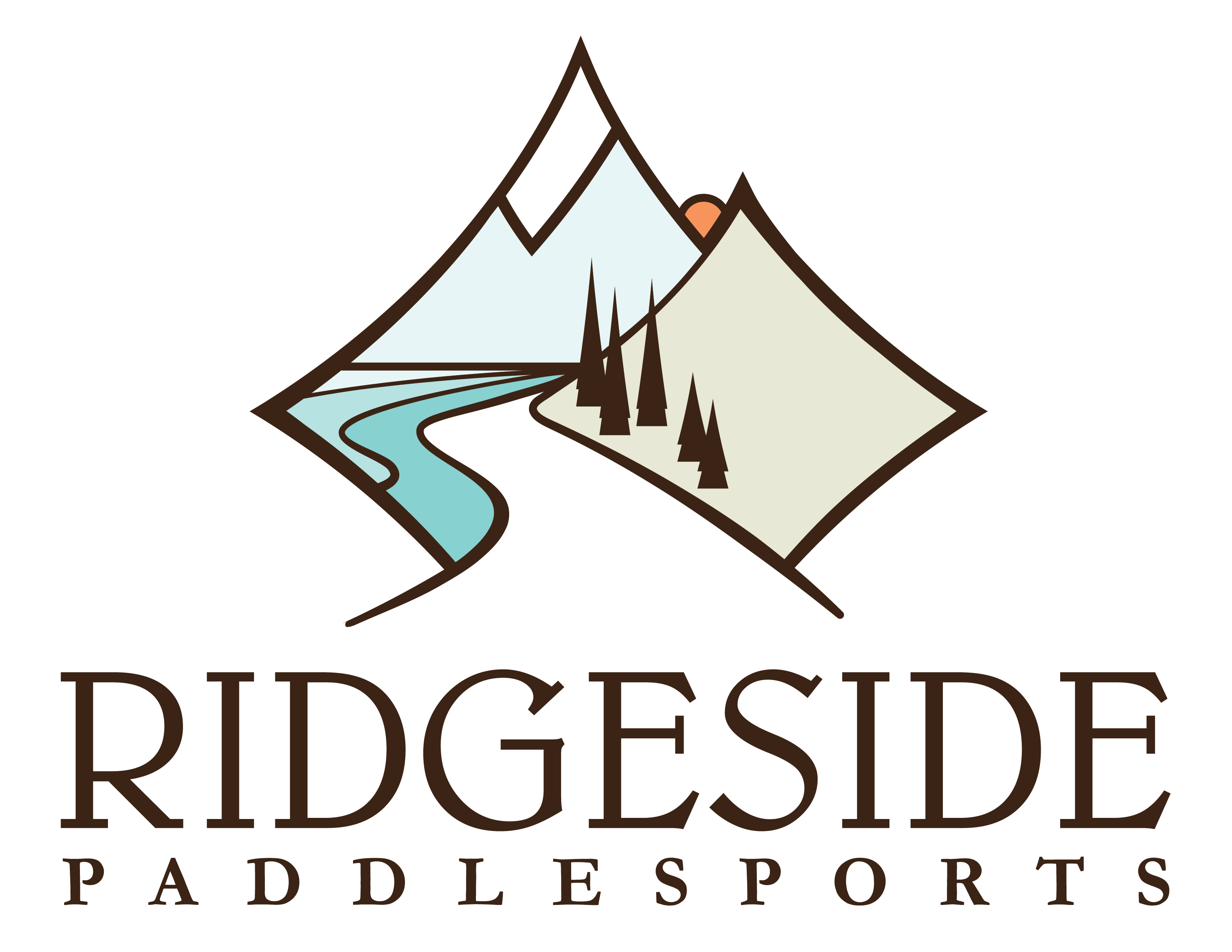The canoekayak manufacturer tells you that in ancient times, people found that leaves and trunks would float in water, and found that the weight that leaves can carry is very small, and the weight that the trunk can carry is large. The thicker the trunk, the more weight it can bear. also bigger. The canoekayak manufacturer tells you that people have also found that the cylindrical trunk is unstable in the water, it will roll over, people will not be able to sit on it, and people cannot move on this cylindrical trunk at all.

In this way, people use tools such as stone axes, stone adzes, and spades to flatten the round tree trunks. Amui ange, it was found that it was more convenient to work wood with fire than with stone axes. The canoekayak manufacturers tell you that people smear the trunk with a thick layer of wet mud wherever they don’t need to be dug out, and then burn off the parts to be dug out. In this way, the burned part is burned into a layer of charcoal, and then chopped with a stone axe, it is easier. That’s how canoekayak is made.
The canoekayak manufacturer tells you that there is a record in the ancient Chinese book “Book of Changes-Xixi” that “cut wood is a boat”, which means that canoekayak is made of cut wood. ʻi loto 1958, three canoekayaks were unearthed in Wujin County, Jiangsu Province. According to research, they were canoekayaks from the Spring and Autumn Period and the Warring States Period. They were 11 meters long, 0.9 meters wide and 0.4 meters deep. They are now in the Chinese History Museum.



